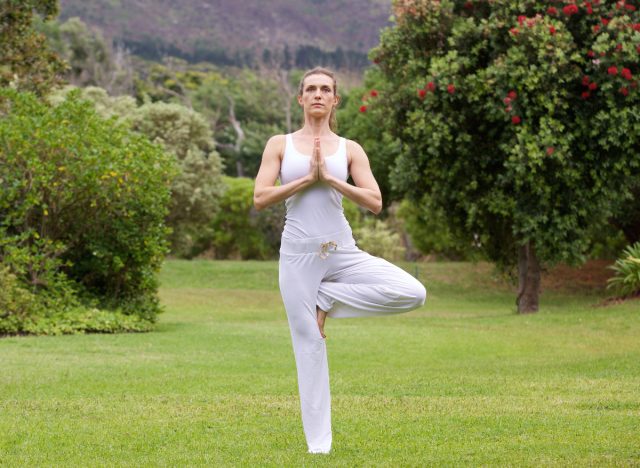As the years add up, so does our wisdom about what it takes to maintain a healthy, active lifestyle. Yet, one question remains among those eager to preserve their vitality: Should you prioritize strength or balance training exercises? Both types of exercise offer unique advantages, but understanding which holds more significance as you age can make all the difference in your fitness journey.
On the one hand, lifting your grandkids, carrying groceries, or even getting up from a chair requires strength. On the other hand, navigating uneven sidewalks, climbing stairs, or just reaching for something on a high shelf demands good balance. It’s not just about muscle or stability alone; it’s about how these elements work together to keep you moving confidently and safely.
Let’s dive into the benefits of each to help you make an informed decision on where to focus your efforts. Spoiler alert: You might discover that these two forms of training are more intertwined than you thought.
Strength or balance training: What’s more important as you age?

Determining whether to focus your efforts on strength or balance training is complicated, as both are crucial for different reasons.
Strength training enhances muscle mass and bone density, combating the natural decline that occurs with aging. These positive effects not only aid in maintaining independence but also improve overall health.
Balance training is vital for preventing falls, a major concern for older adults that can lead to severe injuries and a loss of autonomy.
Rather than viewing strength and balance training as competing priorities, seeing them as complementary is beneficial. In fact, many exercises designed for strength training also inherently improve balance, coordination, and proprioception—the awareness of one’s body in space. This means that by focusing on one, you’re also benefiting the other. For instance, exercises like lunges, squats, and deadlifts build muscle and require stability and coordination, engaging the core and lower-body muscles to enhance balance.
Moreover, both types of training stimulate the nervous system, improving neural pathways crucial for coordination. Strength exercises often involve complex, multi-joint movements that challenge the brain and body to work together, enhancing overall motor skills. Similarly, balance exercises demand precise muscle control and adjustments, which train the nervous system to respond more efficiently to physical challenges.
The key is to tailor your exercise regimen to your specific needs and abilities, ensuring a balanced approach to your overall well-being. By integrating both types of training, you’re covering all bases and enhancing each other’s effectiveness. This synergy means you don’t have to choose one over the other; instead, you can enjoy the compounded benefits, leading to improved functional performance, reduced injury risk, and a higher quality of life as you age.
The benefits of strength training as you age:

Strength training, often called resistance or weight training, is pivotal in combating the physical declines associated with aging. As previously noted, one of the primary benefits is the preservation and enhancement of muscle mass. Muscle atrophy becomes a significant concern as you age, but regular strength training can slow or even reverse this process. Increased muscle mass improves physical appearance and boosts metabolism, aiding in weight management.
Moreover, strength training is crucial for bone health. It stimulates bone growth and increases bone density, which is particularly important for preventing osteoporosis and fractures. Additionally, improved muscle strength can lead to better functional performance in daily activities, from carrying groceries to climbing stairs, enhancing overall quality of life.
The benefits of balance training as you age:

Balance training, which includes exercises like tai chi, yoga, and specific balance drills, is essential for maintaining stability and coordination. One of the most significant benefits is the reduced risk of falls. Falls are a leading cause of injury among older adults, often resulting in fractures and extended recovery periods. By improving balance, you can confidently enhance your ability to navigate various terrains and perform daily activities.
Another advantage of balance training is its impact on mobility and flexibility. Enhanced balance improves posture and coordination, alleviating joint pain and stiffness. This type of training also promotes proprioception—the body’s ability to sense its position in space—further reducing the likelihood of accidents. Incorporating balance exercises into your routine can lead to greater independence and a more active lifestyle.
While strength and balance training are crucial as you age, the best approach is balanced. (Get it?) Combining both exercises will provide comprehensive benefits, ensuring you remain strong, stable, and ready to enjoy life fully.
Jarrod Nobbe









